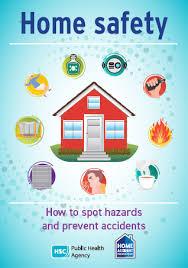Record
Recording 00:00
Commenting has been turned off for this post.
الأقسام
- Sustainability
- الرئيسية
- Wellness
- Theater
- Sports
- Shopping
- Religion
- Party
- أخرى
- Networking
- Music
- Literature
- Art
- Health
- Gardening
- الألعاب
- Food
- Fitness
- Film
- Drinks
- Dance
- Crafts
- Causes
اقراء المزيد
Penguin Awareness Day!
10 facts about Penguin Awareness Day!
1. Penguin species often form creches to care...
Making
If you can't, make it good at least, make it look good
The Role of Sustainable Fashion
Sustainable fashion is an emerging movement that seeks to minimize the environmental and...
TREES
As seen in the section above, trees are found among many plant families that also include shrubs...
×

